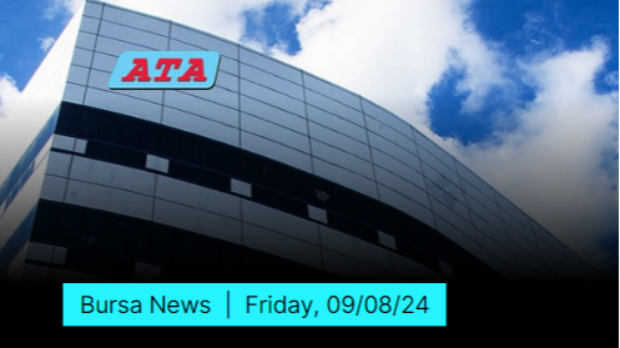If a cheesy '80s flick is a good metaphor for how you run projects, something is wrong
Tan KW
Publish date: Fri, 16 Aug 2024, 11:28 PM
Veteran Microsoft engineer Raymond Chen has penned a blog that gives further insight into the inner workings of the software titan under Bill Gates's leadership.
A few years ago, Chen gave a brief history of several Microsoft projects, all code-named Highlander. One of them gave rise to Passport, which would evolve into the Microsoft Account known and beloved by all today. "There can be only one" … password. Get it? (It's the tagline of the movie Highlander.)
It's a theory familiar to many engineers: A corporation might have several teams working on several projects, all with the same goal, and the team with the "best" project would win.
The definition of "best" is open to debate, but we digress.
Chen also gave another example of the code-name Highlander being used. We're told there was, back in the day, a team (Chen called it Team 1) responsible for a client-server product that developed both the server and client software, while another (let's call it Team A) wrote an alternative client with what it felt was a better user interface.
Microsoft management looked at the options and chose to go with Team 1's client over Team A's.
But that was not the end of the story. According to Chen: "Team A did not go down without a fight." It came up with "an even more awesome" client, dubbing this version Highlander, and built an internal website for it that played the music from the movie when visited. Chen wrote: "The tag line There can be only one reflected their belief that the battle was to the death and that their project would emerge victorious."
Once again, management chose Team 1.
However, that is not quite the end of the story. While Chen has been scrupulous in not revealing the actual name of the product concerned, his more recent blog offers some more details about this internal politicking within Microsoft.
Team A, you see, chose the name Highlander not because they had to be selected - although that would have been nice - but because somebody had to win. Chen wrote: "They chose the code name Highlander to highlight that the situation with two clients for the same back-end was ridiculous and needed to be fixed."
One unnamed colleague from Team A remarked: "The internal competition was driving us nuts for years." According to Chen, the colleague added that his friends on Team 1 also thought the situation was ridiculous.
As for the resolution, in true Microsoft style, the teams were so far apart on the corporate hierarchy that the nearest common manager who could make a decision was none other than Bill Gates himself.
"Magically, the issue was resolved before we built Highlander," the colleague on Team A said, according to Chen, "so maybe our code name helped." Yeah; Microsoft went with the other one.
Thankfully, Highlander II was not mentioned. After all, "The Quickening" is hardly a moniker that could be applied to much of what comes out of Redmond these days. ®
https://www.theregister.com//2024/08/16/microsoft_highlander/
More articles on Future Tech
Created by Tan KW | Aug 16, 2024
Created by Tan KW | Aug 16, 2024
Created by Tan KW | Aug 16, 2024
Created by Tan KW | Aug 16, 2024
Created by Tan KW | Aug 16, 2024
Created by Tan KW | Aug 16, 2024
Created by Tan KW | Aug 16, 2024







.png)
.png)









